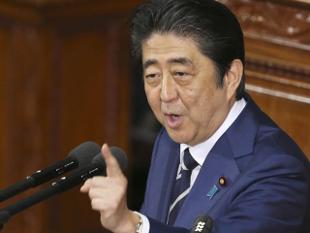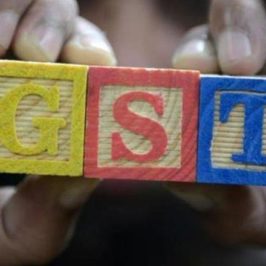
Japan attained its second-biggest current account surplus on record in 2016, Ministry of Finance data showed on Wednesday, just days before the US and Japanese leaders meet for talks with trade surpluses and currency valuations expected to be high on the agenda.
The 20.6 trillion yen ($183.63 billion) surplus reflected the trade balance swinging into surplus on cheaper oil, rising foreign tourists arrivals creating a record travel surplus, and hefty foreign income from overseas investments.
Trade surpluses and currency valuations are in focus as US President Donald Trump pursues an “America First” campaign in which he has accused big exporters such China, Germany and Japan of deliberately weakening their currencies to gain a competitive advantage.
For the whole of 2016, Japan posted a trade surplus of 6.8 trillion yen ($59.95 billion) with the United States, down 4.6 percent from 2015, with U.S.-bound car shipments rising for a second straight year, the Ministry of Finance said.
Trump and Japanese Prime Minister Shinzo Abe are scheduled to meet for talks later this week. Trump said he and Abe would play a round of golf, with Abe as his partner in the game, rather than a competitor.
Wednesday’s data showed the vast bulk of Japan’s current account surplus was generated by Japanese direct and portfolio investment abroad, accounting for 18.1 trillion yen of the 20.6 trillion current account surplus for 2016.
The trade surplus was 5.6 trillion yen in 2016, from the 630 billion yen deficit seen in 2015, earned in part as declining oil prices curbed import costs.
The travel balance logged a record 1.3 trillion yen surplus last year as a record number of foreign tourist visits took Japan’s services deficit to the smallest on record.
Japan’s current account surplus was 1.11 trillion yen in December, a seventh straight month of annual increases, the ministry data showed.
That compared with economists’ median forecast for a surplus of 1.29 trillion yen seen in a Reuters poll.
Source: http://economictimes.indiatimes.com/articleshow/57034126.cms





